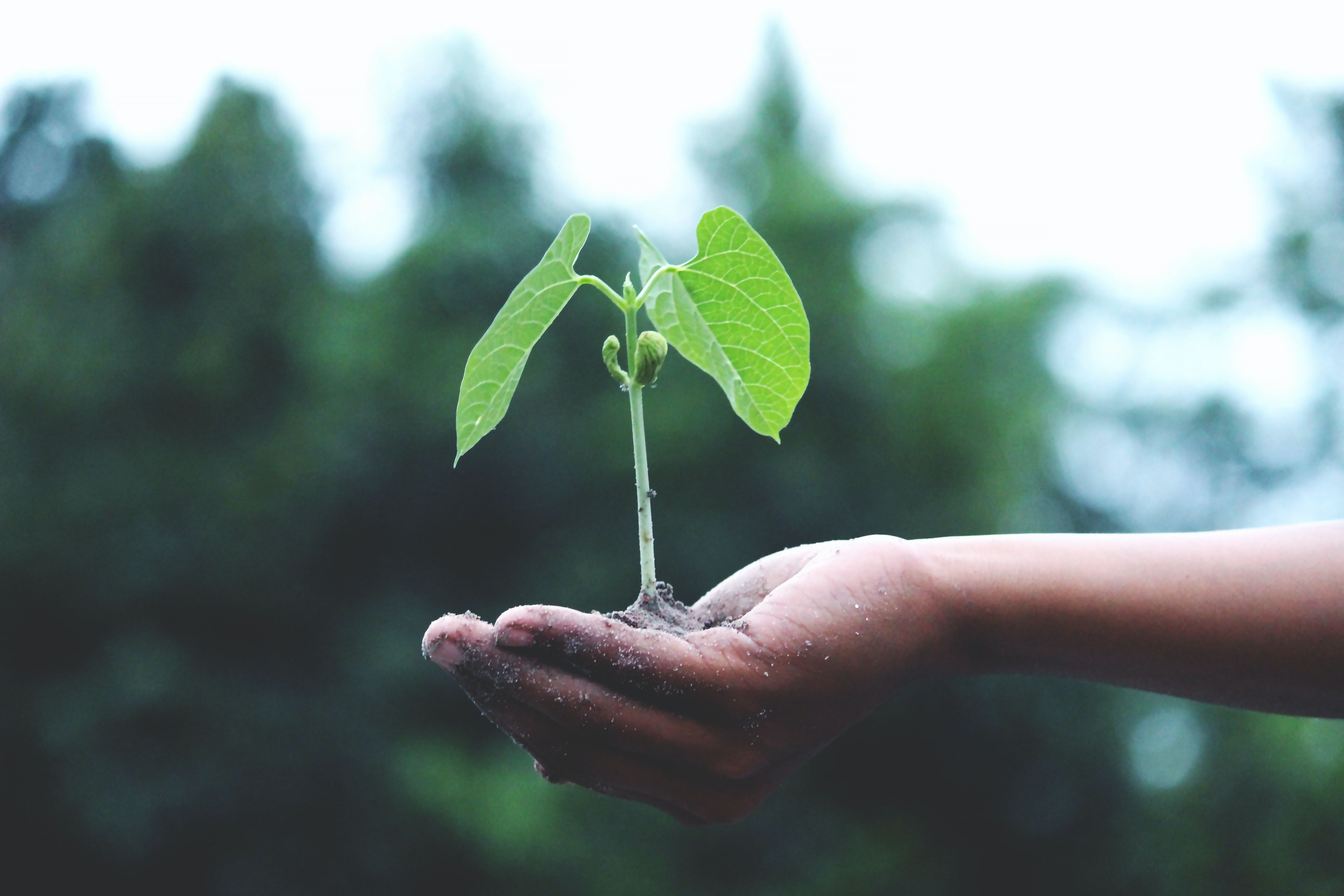The rise of the eco-warriors: Bioplastics and a sustainable future
Bioplastics are a category of materials derived from renewable sources like corn starch, sugarcane, or even algae.
Imagine a world where your disposable coffee cup, the grocery bags you carry home, and even the packaging for your favourite gadget disappear without a trace, leaving no toxic footprint behind. This dream is inching closer to reality thanks to innovations in bioplastic technology, particularly with the exciting potential of bioplastics derived from agricultural waste, including fast-growing crops like hemp and nettle.
My journey into this world began a few years ago when I, along with my team, were tasked with developing sustainable packaging solutions for a major food company. We were inundated with options–recycled plastic, compostable materials, and then there was this relatively new kid on the block–bioplastics.
Intrigued, we delved deeper. Bioplastics are a category of materials derived from renewable sources like corn starch, sugarcane, or even algae. Unlike traditional plastics derived from fossil fuels, bioplastics boast the remarkable ability to biodegrade, breaking down into harmless elements under specific conditions. This was a game-changer. We were looking at a material that could offer the functionality of plastic without the environmental baggage.
However, the initial stages weren't without challenges. Bioplastics, at that time, often lacked the strength and versatility of their conventional counterparts. But the potential was undeniable.
Fast forward to today, the bioplastics landscape is undergoing a rapid transformation. Researchers are constantly pushing boundaries, and several exciting innovations are paving the way for a more sustainable future.
Here are a few examples that pique our interest:
Next-Gen biopolymers: Scientists are exploring the potential of novel biopolymers like polyhydroxyalkanoates (PHAs) produced by bacteria. These bioplastics offer superior strength and heat resistance, making them ideal for applications like food containers and even automotive parts.
Waste warriors: Innovation isn't limited to just feedstock. Researchers are looking at ways to use waste materials like food scraps, agricultural leftovers like straw and husks, and even wastewater to create bioplastics. This not only reduces reliance on virgin resources but also tackles the growing waste management crisis, giving new life to agricultural discards.
Bioplastics with finesse: Aesthetics are no longer an afterthought. Bioplastics are being developed to mimic the look and feel of conventional plastics, making them more readily accepted by consumers and industries alike.
The story of bioplastics isn't just about innovation in materials science. It's a testament to human ingenuity and our collective desire for a cleaner planet. Here's what excites me the most:
Cross-industry applications: Bioplastics are finding their way into diverse industries – from packaging and textiles to automotive components and even biomedical devices. This widespread adoption has the potential to significantly reduce plastic pollution across the board.
A greener supply chain: The rise of bioplastics incentivizes sustainable practices throughout the supply chain. Farmers can benefit from the increased demand for crops used as feedstock, and waste management companies can find new outlets for organic waste, creating a more circular economy.
Turning trash into treasure: Bioplastics derived from agricultural waste offer a particularly sustainable solution. They reduce dependence on land for growing new crops specifically for bioplastics and effectively utilize waste that would otherwise burden landfills or contribute to air pollution if burned. Here's where some interesting crops come into play:
Hemp: This fast-growing crop requires minimal water and pesticides, making it a sustainable choice. Hemp hurds, the woody inner core of the stalk, can be used to create bioplastics with good strength and insulation properties.
Nettle: Another fast-growing and environmentally friendly option, nettle fibers can be blended with other biopolymers to create strong, durable bioplastics suitable for applications like bags and clothing.
There's still a road ahead. Optimising production processes, ensuring efficient biodegradation infrastructure, and addressing cost competitiveness are just some of the hurdles to overcome. Yet, the momentum is undeniable. Bioplastics are no longer a niche option; they represent a viable alternative with the potential to reshape our relationship with plastic.
This journey reminds me of the initial days of the internet – a time of immense potential with challenges to be addressed. Bioplastics hold that same promise – a chance to rewrite the narrative around plastic use and usher in a more sustainable future. As someone who has witnessed this evolution firsthand, I'm firmly behind these eco-warriors, ready to see them conquer the world, one biodegradable cup made from hemp or nettle at a time.
Sandeep Kumar Tyagi, Co-Founder, COO, Ukhi India.











